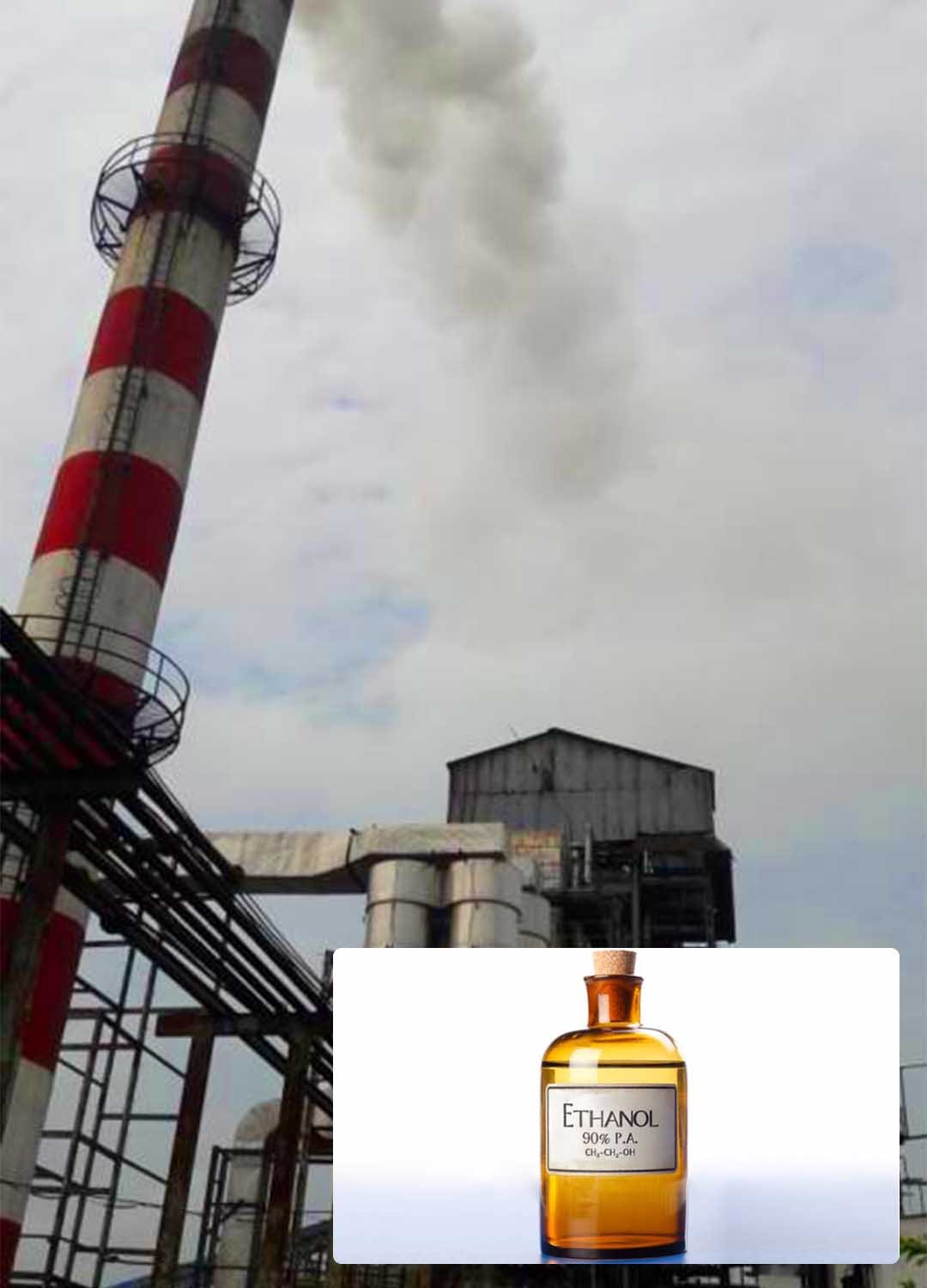- New Dak Bungalow Road, Patna-800001.
- (+91) 06122216098
- director@sonasati.in
Approval of the pricing formula for procurement of bio-ethanol is suggested by the Expert Committee, coupled with a floor price and a ceiling price
The Cabinet Committee on Economic Affairs has approved the pricing for bio-ethanol procurement by Oil Marketing Companies (OMCs) for Ethanol Blended Petrol (EBP) Programme as per the following:
(i)The 5% mandatory ethanol blending with petrol as already decided by the CCEA in the past, should be implemented across the country, for which the Ministry of Petroleum & Natural Gas will immediately issue a gazette notification, for the OMCs to implement from the 2012-13 sugar season, effective from 1st December, 2012.
(ii) Procurement price of ethanol will be decided henceforth between OMCs and suppliers of ethanol. (iii) In case of any shortfall in domestic supply, the OMCs and Chemical companies are free to import ethanol. It is expected that 5% bio-ethanol will be blended with petrol sold in all the States/ UTs across the country.
A stable EBP Programme would ensure sustainable benefits for sugarcane and food grain farmers across the nation. It will ensure an alternative market for the farmers who frequently get adversely affected in case of bumper crop and lack of its demand in the market. It will also provide an incentive to small and medium farmers to increase efforts towards production as better returns would be ensured. Procurement of ethanol at a price determined by the market will ensure stability. EBP programme not only provides opportunities to farmers, but also ensures the use of ethanol as bio-fuel in a big way, which is environment friendly. Besides, the extent of implementation reduces the dependence on imported crude and leads the nation ahead on fuel self sufficiency.

Sona Sati Organics Pvt. Ltd.,503 A, N.P.Center,New Dak Bungalow Road, Patna-800001.
Village- Rajapatti Kothi, Thana- Baikunthpur,Dist- Gopalganj, Bihar.
+(91) 06122216098
http://sonasati.com
director@sonasati.in
sonasati503@gmail.com